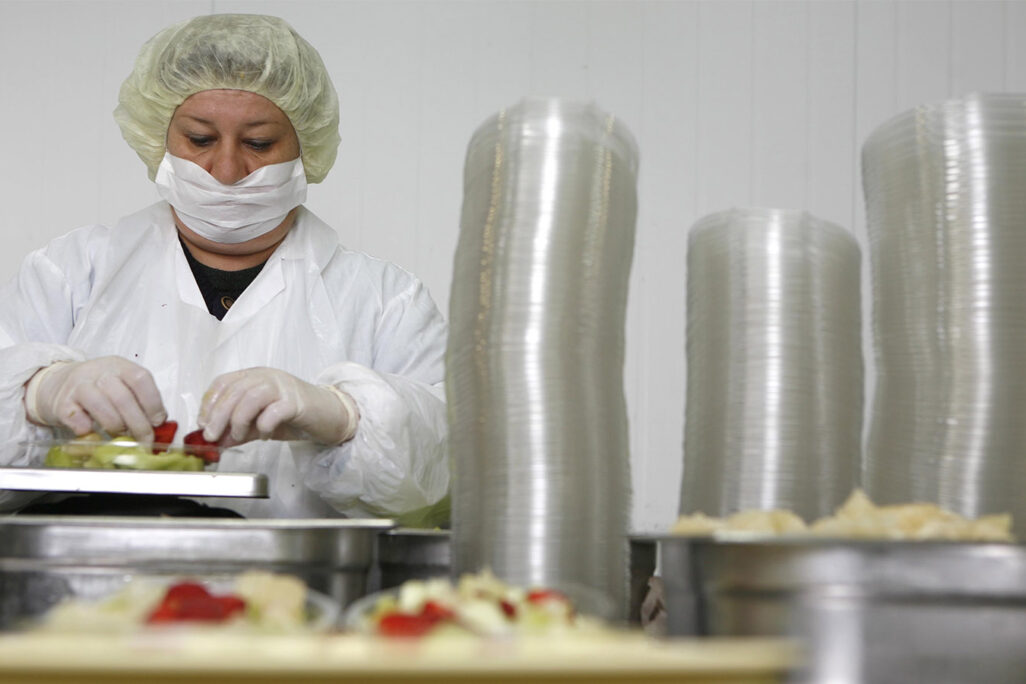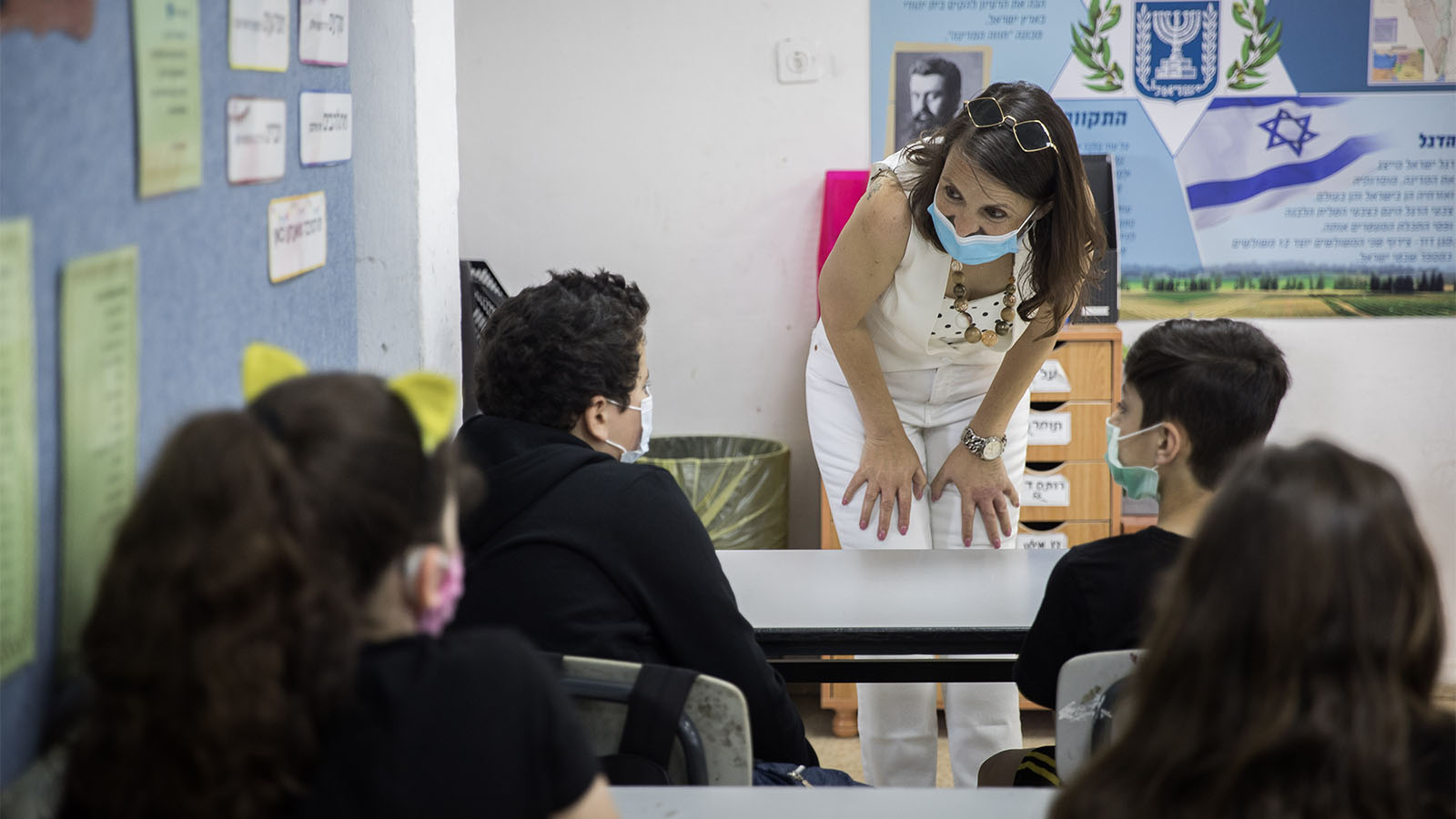
According to a report by the Knesset Research and Information Center and based on data from the Employment Service and the National Insurance Institute, nearly 850,000 new jobseekers registered with the Employment Service in March of this year. Of that number, 57.2 percent are women, which represents a 7.2 percent increase since February.
In April, the percentage of women jobseekers dropped to 48.7 percent, with just over 177,000 total new jobseekers registered that month. According to the Employment Service, this decline can be explained by patterns in the labor market. April saw an increase in the number of those working as teachers, a field in which the majority of employees are women. Meanwhile, the manufacturing sector, where women have been traditionally under-represented, has employed fewer new workers during the pandemic.
Women make up 55.7 percent of new jobseekers registered in March and April of this year. In contrast, only 47.8 percent of jobseekers in 2018 were women. In addition, women represented a majority of those who applied for unemployment benefits in March, April, and May of this year. Among the 792,000 Israelis who filed for unemployment benefits during that period, 55.4 percent are women.
This pattern holds true across age groups and in all major sectors of the economy. Even in industries which overwhelmingly employee men, women still applied for unemployment benefits at a higher rate. While women make up only 22 percent of those employed in the construction industry, 29.6 percent of female construction workers filed for benefits, compared with only 21.7 percent of their male counterparts.

In the education sector, where women make up 66 percent of the workforce, those statistics are nearly flipped. 29.6 percent of female employees applied for unemployment benefits, while only 21.5 percent of their male colleagues did the same.
According to the report, even before the current crisis, women constituted the majority of unemployment beneficiaries (according to data from the past 15 year, excluding 2009). Of those claiming monthly benefits in 2018 and 2019, 55 percent were women.
Between March 17 and April 23, 7,800 women requested permission to take unpaid leave during what is known in Israel as the “protected period”– the period during pregnancy, fertility treatments, or after childbirth when employees cannot be legally fired. 57.4 percent of those requests were granted. The report urges the government to investigate how many of those 4,370 women have returned to work or will do so in the future.
MK Touma-Suleiman of the Joint List, who chairs the Special Committee on Welfare and Labor Affairs and who ordered the report, notes that "The data proves once again that discrimination against women in the labor market , a situation that existed before the COVID-19, has only worsened. The government needs to understand – we have to answer the needs of all workers, without losing sight of disadvantaged populations, such as women in the labor force. We need to create special programs to encourage women to re-enter the labor force.”






